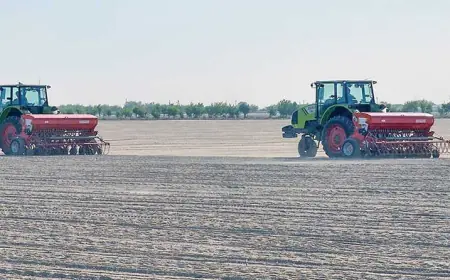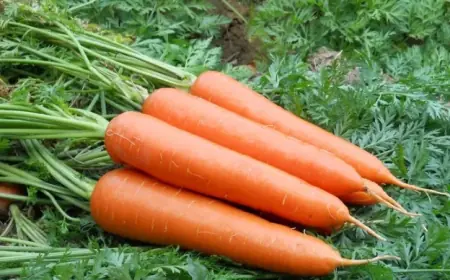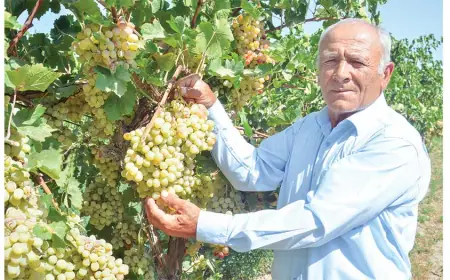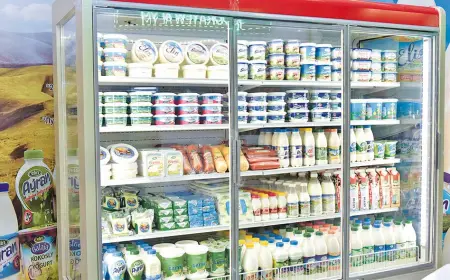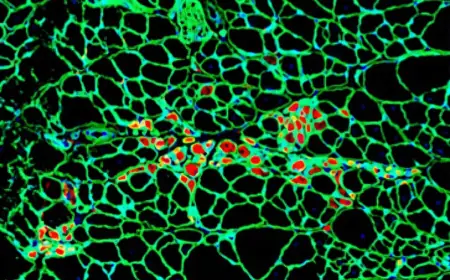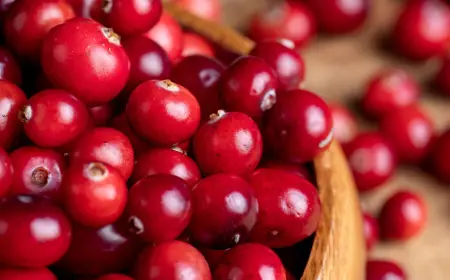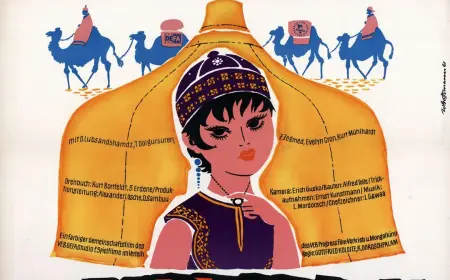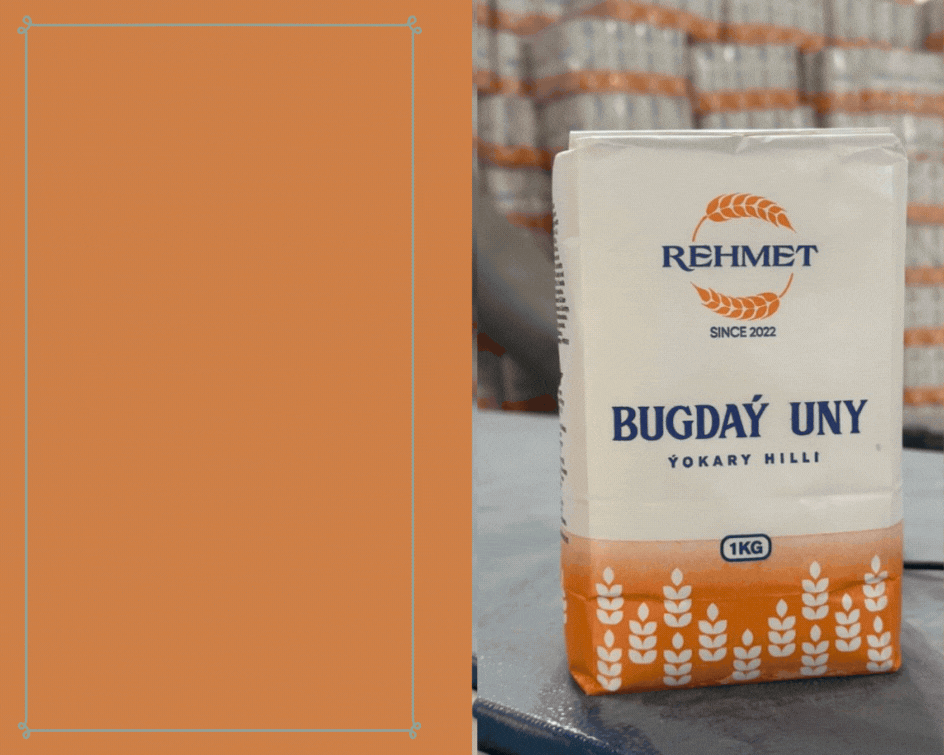Eid al-Adha and Traditional Cuisine in Turkmenistan
Eid al-Adha, or Kurban Bayram, is one of the most sacred holidays in the Muslim world. Since 1994, it has been officially celebrated in Turkmenistan. Its date varies each year according to the Islamic lunar calendar. The holiday symbolizes unity, brotherhood, generosity, and compassion. On these days, people exchange greetings, prepare festive meals, and show respect to elders and kindness to the young. Eid al-Adha is not only a religious tradition but also an essential part of the cultural and spiritual life of Turkmen people.

Sacrificial ritual
The central ritual is the sacrifice of livestock, which commemorates the story of Prophet Ibrahim’s willingness to sacrifice his son Ismail. In Turkmenistan, sheep, cows, or camels are sacrificed in devotion to God.
The meat is divided into three parts:
-
one for the family,
-
one for relatives and neighbors,
-
one for the poor and needy.
Traditional dishes prepared for the holiday:
-
Gara chorba (Black Soup)
A rich soup made from freshly slaughtered meat, typically from lamb or beef. It is a central dish of the holiday. -
Gowurma (Fried meat)
Meat fried in oil with onions and spices. Served with bread as a main dish. -
Pishme
Deep-fried dough treats prepared especially for holidays. Often shared with neighbors and guests. -
Bread and baked goods
White bread, samsa, and layered flatbreads are baked. Bread is a symbol of respect and prosperity. -
Sweets and pastries
Honey and spice sweets, cookies, and tandoor-baked pastries are common.
Religious and social practices during Eid:
-
Prayers in mosques
-
Sacrifices performed
-
Charity to the needy
-
Food distributed to orphans, patients, and the elderly
-
Pilgrimages to Mecca supported by the Turkmen government
Eid al-Adha reflects the spiritual purity, generosity, and cultural richness of the Turkmen people.




